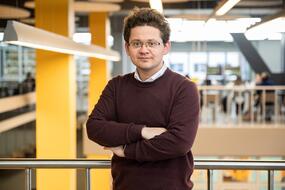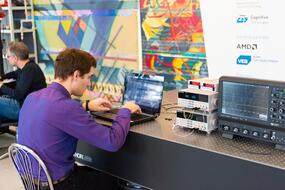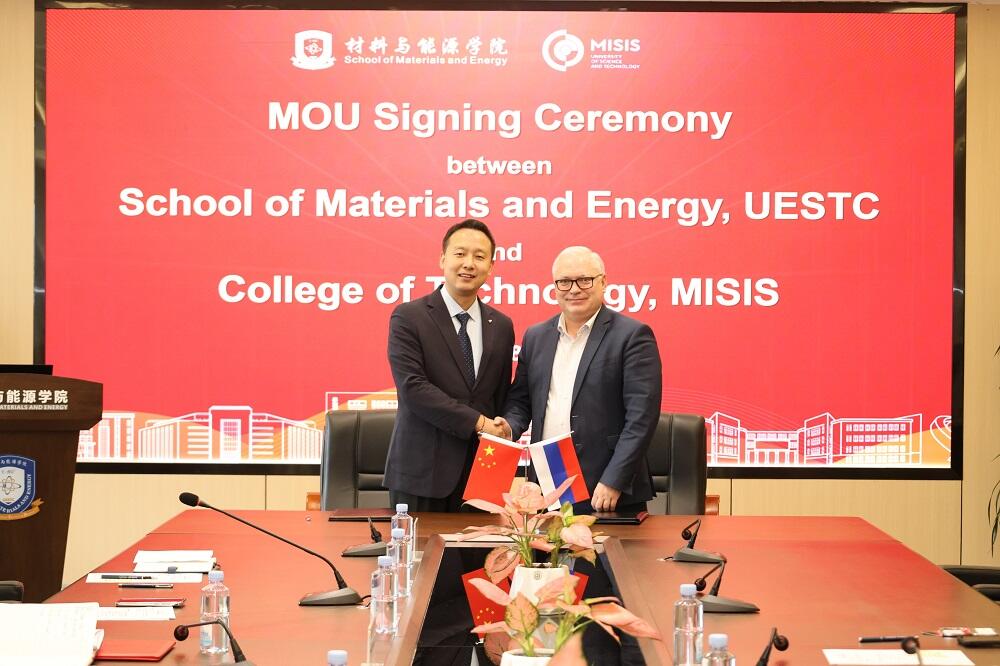Researchers from NUST MISiS and the Russian Quantum Center (RQC) have tested a more precise technique of data analysis for quantum tomography, which is called a method of obtaining information about quantum states. It has demonstrated high computational efficiency and reliability compared to traditional approaches: data analysis is faster and more accurate.
With the increasing power of quantum processors, it is particularly important to assess the quality of such devices. The primary method for assessing quantum states is quantum tomography. Analogous to medical tomography, it measures quantum states in different “slices”, from which complete information is reconstructed. It is widely used in quantum physics, but in large systems, the results become cumbersome, reducing efficiency. Furthermore, it is necessary to evaluate the number of measurements based on which conclusions can be drawn about a device’s performance.
“In quantum tomography, there are confidence intervals, ranges of values that with sufficiently high probability contain the true mean value of some observable for the reconstructed quantum state. The problem is that existing methods for obtaining such intervals are either too costly in terms of required computational resources, such as Monte Carlo methods, or provide strict but overly pessimistic estimates, such as polytope confidence methods,” noted Evgeny Kiktenko, PhD, a leading expert in the scientific project at the Laboratory of Quantum Information Technologies at NUST MISIS.
Scientists from MISiS and RQC have developed a precise method for analyzing quantum tomography data. It also helps to assess the difference between actual and desired quantum states. This approach is suitable for practical use in characterizing various types of quantum systems.
“We have shown that a limited dataset of quantum tomography and a simple numerical method based on linear inversion are sufficient to assess how much the prepared state differs from the target state. This allows us to evaluate not only quantum states but also the performance of quantum gates, elementary logical converters of a quantum computer. The method has been tested on various quantum tomography protocols and has demonstrated stable operation and accurate results. The confidence intervals were very close to ideal, both for tomography of quantum states and for tomography of quantum processes at various levels of significance,” said Aleksey Fedorov, PhD, Director of the College of Physics and Quantum Engineering at NUST MISIS, head of the scientific group “Quantum Information Technologies” at RQC.
Detailed results are described in the scientific journal Physical Review A (Q1). In the future, researchers plan to apply this new method to characterize quantum processors developed within the quantum computing roadmap. It is expected to provide more accurate information about the noise present in various architectures of quantum processors.
The research was conducted as part of the strategic project “Quantum Internet” at MISIS University within the Russian Ministry of Science and Higher Education’s “Priority-2030” program (project K1-2022-027) and with the support of grants from the Russian Science Foundation (No.




